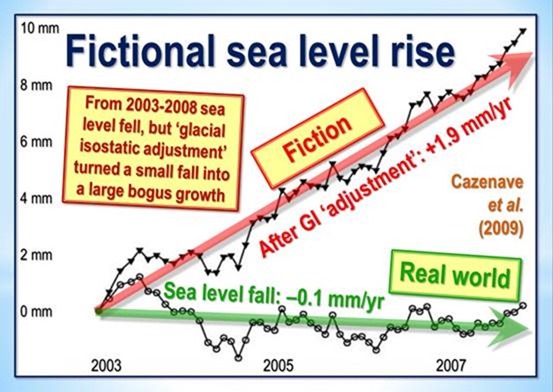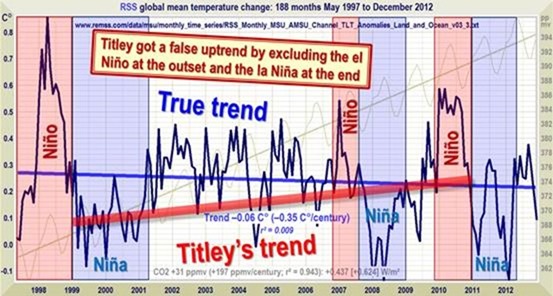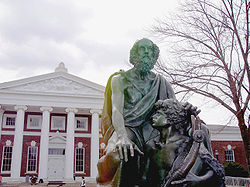Billy_Bob
Diamond Member
Michael Mann.. Deception and Misinformation
A movie put out staring Michale Mann has over 20 deceptions and lies that can be shown by empirical evidence to be lies or outright deceptions in an effort to gain monetary influence...
It may be just me, but there is hint that a criminal/civil prosecution might be in the works over this... Me thinks Mann just stepped on his Johnson, hard and it is about to come back to haunt him...

Its stuff like this that is about to hit alarmists real hard..
A movie put out staring Michale Mann has over 20 deceptions and lies that can be shown by empirical evidence to be lies or outright deceptions in an effort to gain monetary influence...
Conclusion
The perpetrators of the offending video are, so they think, so well protected by the current U.S. Administration’s prejudice on the climate question that they can get away with a campaign of multiple, wilful, mutually reinforcing and no doubt profitable deceptions on this monstrous scale with impunity, to the detriment not only of the truth but also of two diligent and hard-working scientists.
Without saying anything more in public at this stage, we shall see. In the meantime, readers may care to recall the terms of 18 U.S. Criminal Code §1343 (wire fraud):
“Whoever, having devised or intending to devise any scheme or artifice to defraud, or for obtaining money or property by means of false or fraudulent pretenses, representations, or promises, transmits or causes to be transmitted by means of wire, radio, or television communication in interstate or foreign commerce, any writings, signs, signals, pictures, or sounds for the purpose of executing such scheme or artifice, shall be fined under this title or imprisoned not more than 20 years, or both.”
It may be just me, but there is hint that a criminal/civil prosecution might be in the works over this... Me thinks Mann just stepped on his Johnson, hard and it is about to come back to haunt him...

Its stuff like this that is about to hit alarmists real hard..



